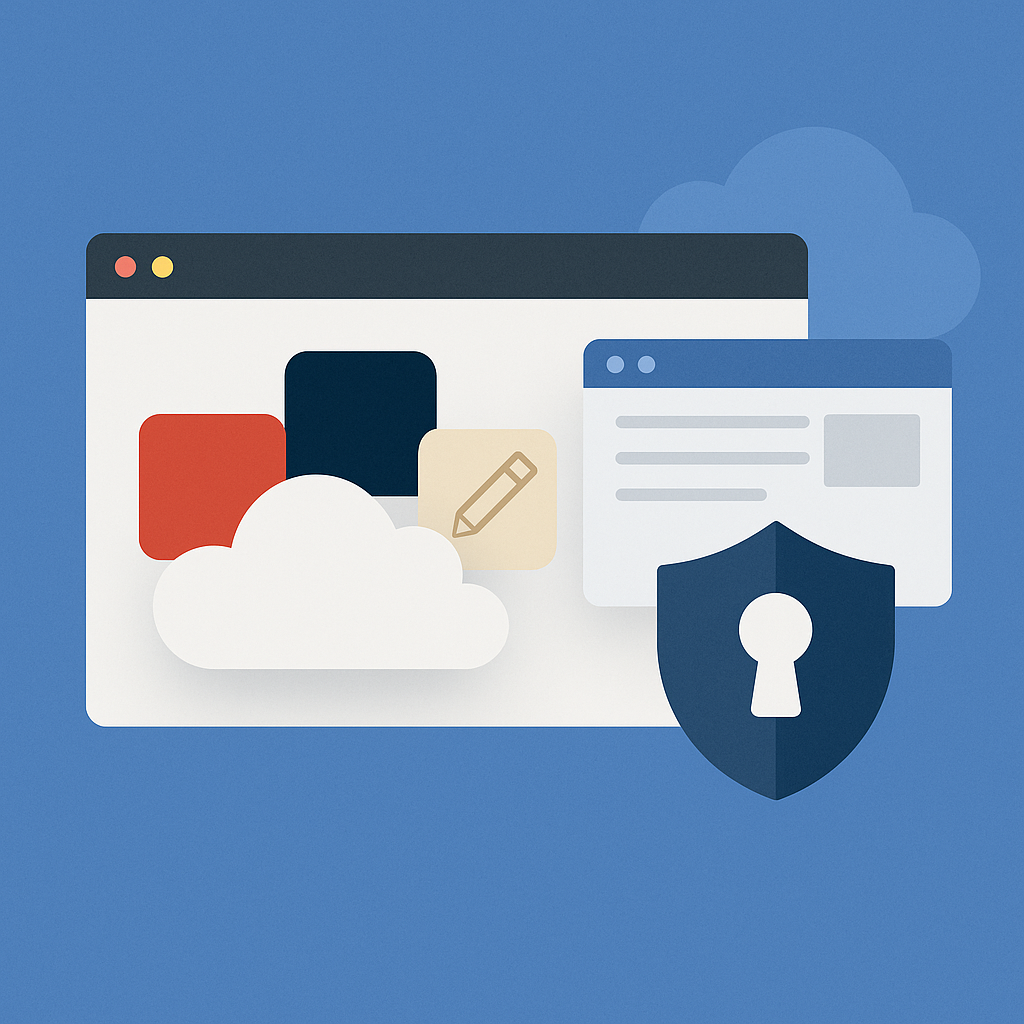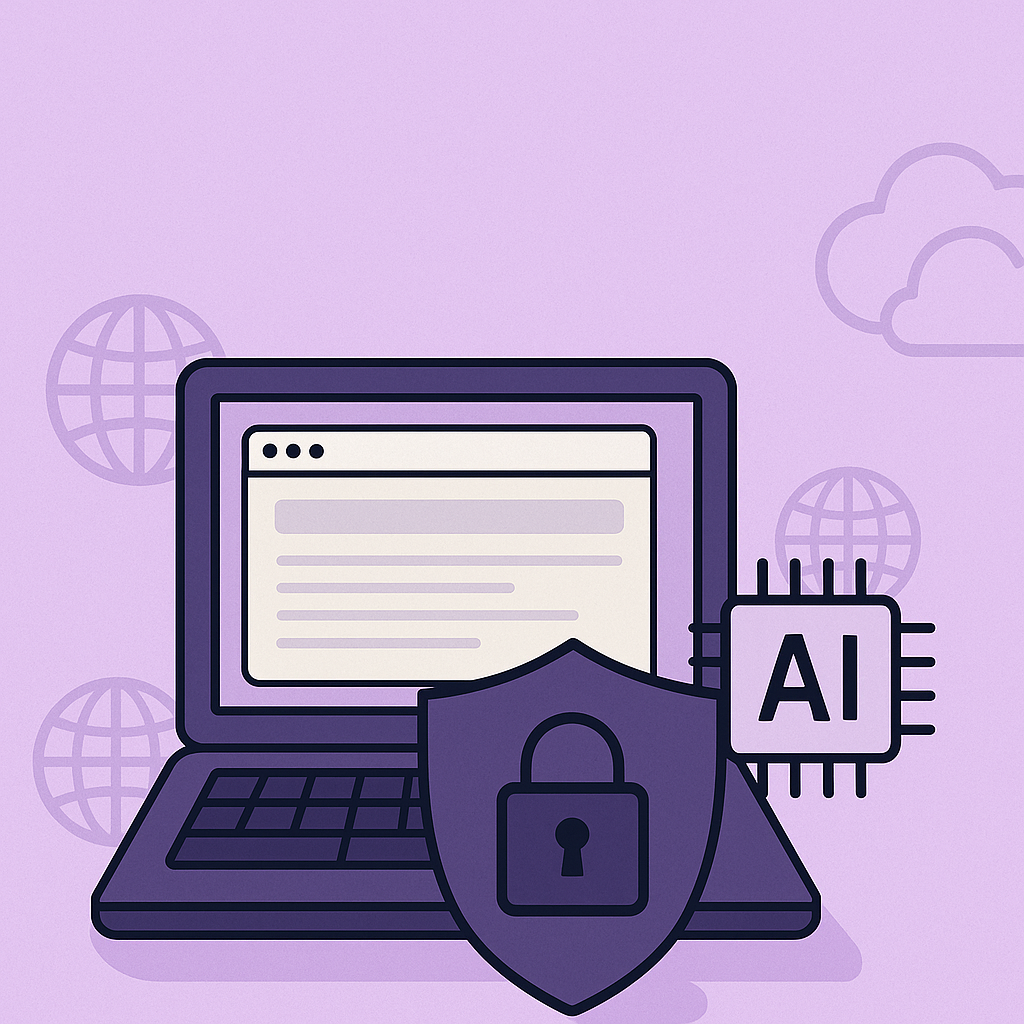Access to technology is vital for students to thrive academically and to develop essential skills. Unfortunately, not all public schools have equal access to technology, creating a digital divide that hampers students’ educational opportunities.
itopia CloudApps Classroom is bridging this gap by providing secure, single sign-on access to hundreds of industry apps, empowering students with the tools they need to succeed, and more. But, there is still more work to do to fully connect public schools with cloud technology.
In this article, we will explore the importance of closing the digital divide and discuss strategies for bridging the technology gap in public schools.
Understanding the Digital Divide
The digital divide refers to the disparity in access to technology and internet connectivity among different communities and socioeconomic backgrounds. In public schools, this divide creates inequalities in educational opportunities and hampers students’ ability to acquire essential digital skills. Students without access to technology may struggle to keep up with digital literacy requirements, miss out on innovative learning experiences, and face barriers to exploring future career opportunities in the digital age.
Importance of Closing the Digital Divide
Equalizing Educational Opportunities: Closing the digital divide ensures that all students, regardless of their background, have equal access to educational opportunities. It allows students to explore a vast array of resources, engage with interactive learning materials, and develop essential digital literacy skills that are crucial for success in the modern world.
Fostering Digital Literacy: By providing access to technology, public schools can foster digital literacy among students. Digital literacy goes beyond basic computer skills and encompasses critical thinking, information literacy, online safety, and responsible digital citizenship. Bridging the technology gap allows students to develop these skills and become confident and responsible users of technology.
Preparing for the Future: The future workforce will be heavily reliant on technology and digital skills. By closing the digital divide, public schools prepare students for future careers and empower them to thrive in a technology-driven world. It ensures that all students have an equal chance to develop the skills needed for success in a competitive job market.
Strategies for Bridging the Technology Gap
Infrastructure Investment: Public schools need to invest in robust technology infrastructure, including high-speed internet access and up-to-date hardware and software. Collaborations with government agencies, private organizations, and community stakeholders can help secure funding and resources to improve technology infrastructure in schools. In the meantime, cloud technology like CloudApps Classroom can make access to incredible software much more affordable, making infrastructure investment more feasible.
One-to-One Device Programs: Implementing one-to-one device programs, where each student is provided with a laptop or tablet (like a Chromebook), helps ensure equal access to technology. These programs empower students to learn anytime, anywhere, and facilitate personalized learning experiences.
Digital Equity Initiatives: Public-private partnerships can play a significant role in bridging the technology gap. Collaborating with businesses, nonprofits, and philanthropic organizations can help secure funding for device distribution programs, provide internet connectivity solutions, and offer technology training and support to schools.
Professional Development for Educators: To effectively integrate technology in the classroom, educators need adequate training and professional development opportunities. Providing teachers with the skills and knowledge to leverage technology tools and platforms enhances their ability to create engaging and meaningful learning experiences for students.
Community Engagement: Bridging the digital divide requires engagement from parents, community members, and local organizations. Creating partnerships with libraries, community centers, and businesses can provide additional access points and resources for students who lack technology at home.
Closing the digital divide and bridging the technology gap in public schools is essential for ensuring equal educational opportunities and empowering students with the skills they need for success in the digital age. At itopia, we are committed to supporting schools in this endeavor by providing secure and seamless access to industry apps, fostering digital literacy, and promoting equitable access to technology resources. By working together and embracing innovative solutions, we can bridge the technology gap and create a future where every student has the opportunity to thrive and reach their full potential.




